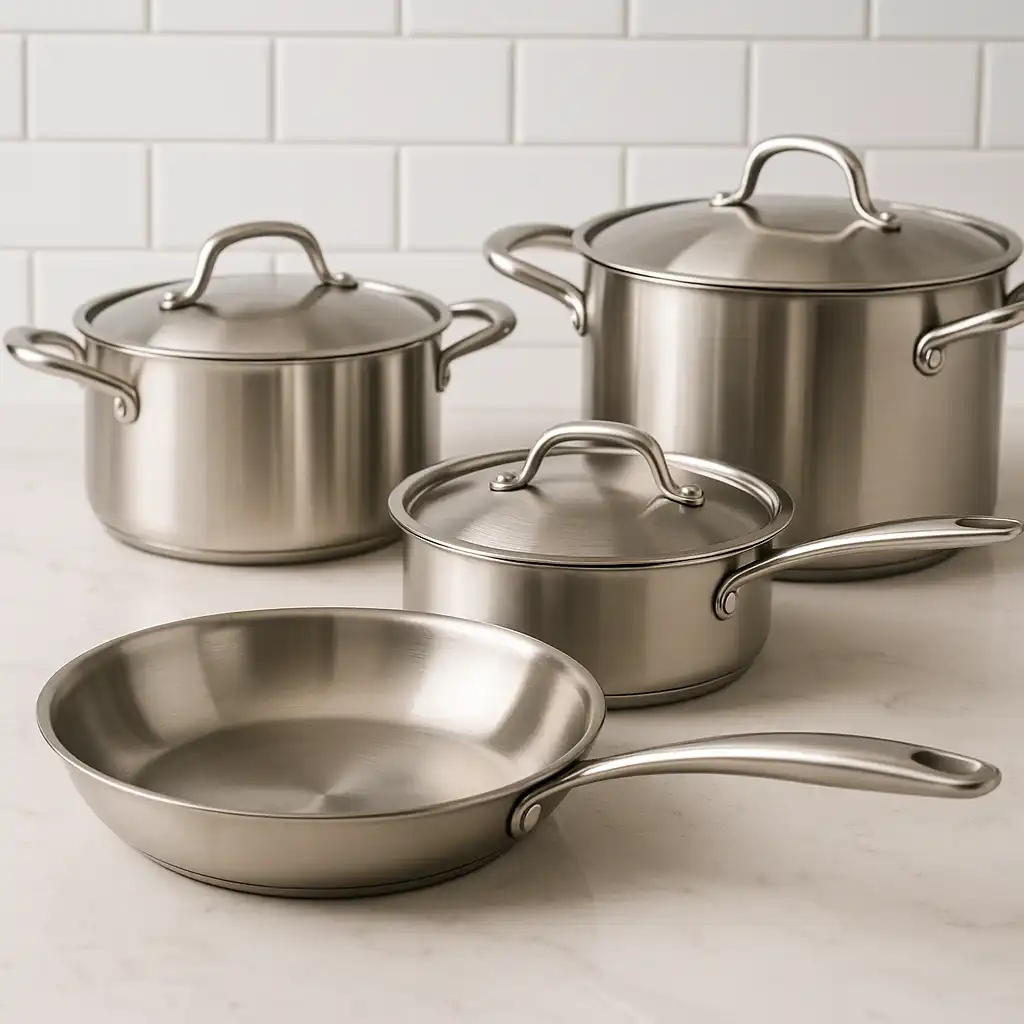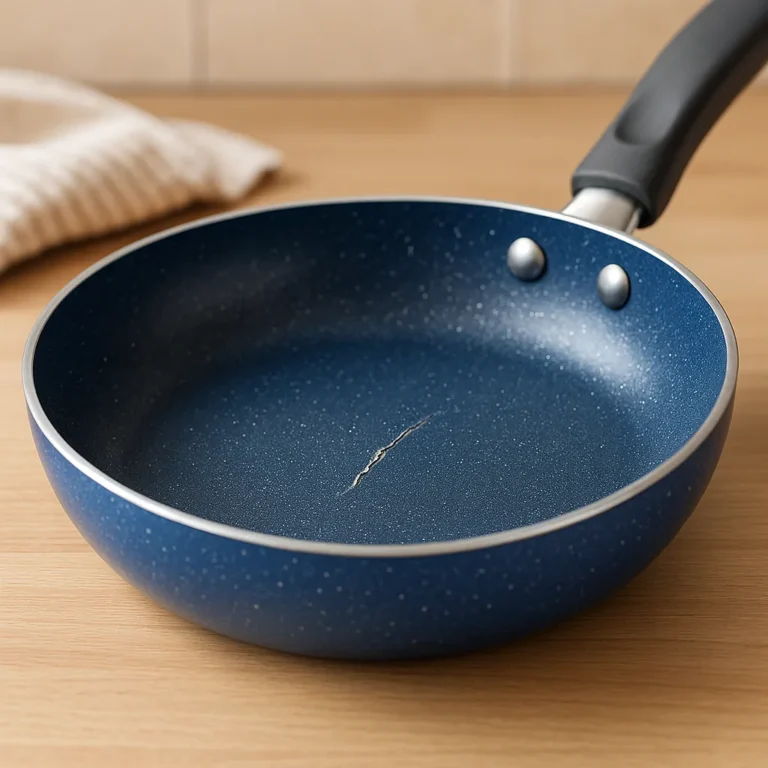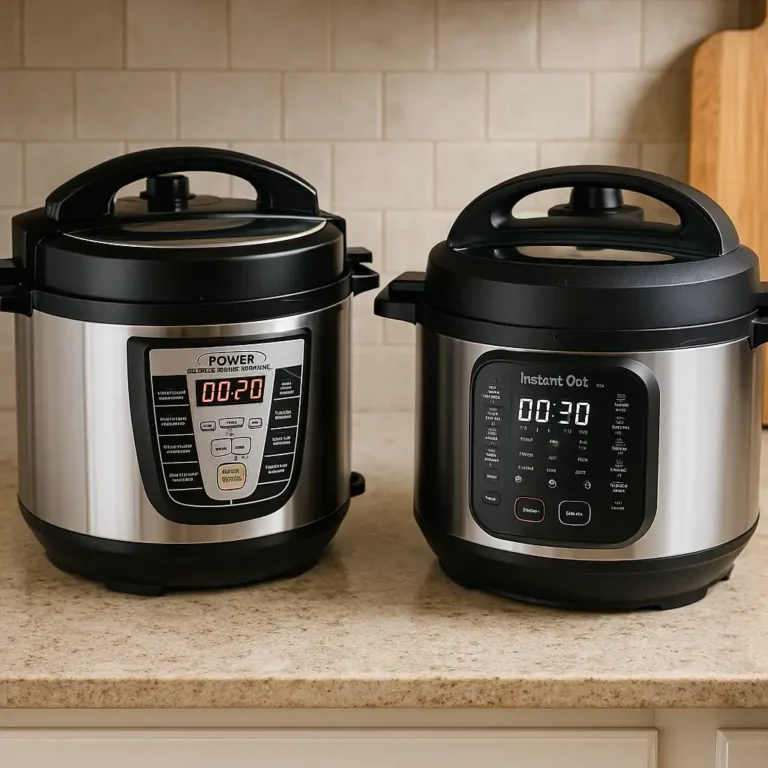Is Stainless Steel Cookware Safe to Use? Unpacking the Truth for Health-Conscious Cooks
Stainless steel cookware is a staple in many kitchens, praised for its durability, sleek appearance, and excellent cooking performance. But with increasing concerns about materials leaching into food and the long-term health effects of certain metals, it’s only natural to wonder: is stainless steel cookware safe to use?
What Is Stainless Steel Cookware Made Of?
Stainless steel is an alloy, typically composed of iron, carbon, and a mix of chromium and nickel. These metals work together to make the cookware resistant to rust, corrosion, and stains. The most common grades used in kitchen cookware are 18/8 and 18/10 stainless steel — the numbers referring to the percentages of chromium and nickel, respectively. These compositions are considered food-safe and are widely approved for culinary use.
Does Stainless Steel Leach Into Food?
In normal cooking conditions, stainless steel leaches only trace amounts of metals such as nickel and chromium — both of which the human body can tolerate in small doses. The leaching increases slightly with acidic foods like tomato sauce or vinegar, especially if the cookware is scratched or damaged. However, reputable health organizations consider this minimal and generally not a health concern for most people.
For individuals with nickel sensitivity, it may be worth choosing cookware labeled as “nickel-free” or opting for alternatives like ceramic or cast iron.
How to Use Stainless Steel Cookware Safely
Using stainless steel properly can reduce even the trace metal exposure:
- Avoid cooking highly acidic foods for long periods
- Do not store food in the pan overnight
- Use non-abrasive sponges to clean and avoid deep scratches
- Preheat properly and use enough oil to prevent food sticking, which can lead to excessive scrubbing
Stainless steel cookware should also be inspected regularly. If you see pitting, warping, or peeling, it’s time to replace the item.
Advantages of Stainless Steel for Cooking
Beyond safety, stainless steel offers numerous benefits in the kitchen:
- Durability: Resistant to chipping, staining, and warping, it can last decades with proper care
- Non-reactive surface: Won’t alter the flavor or color of food
- Oven and dishwasher safe: Excellent for a wide range of cooking styles
- Better searing and browning: Ideal for chefs who love texture and flavor
Alternatives and When to Consider Them
While stainless steel is a reliable choice, some home cooks explore alternatives based on their needs. Non-stick pans are easier to clean but often less durable. Cast iron offers excellent heat retention but requires maintenance. Ceramic-coated cookware appeals to those who want non-stick surfaces without synthetic chemicals, though its lifespan is typically shorter.
Conclusion
So, is stainless steel cookware safe to use? Yes — for the vast majority of people, stainless steel is a safe, practical, and long-lasting option. When cared for correctly, it provides consistent cooking results with minimal health concerns, making it a smart investment for both amateur cooks and seasoned chefs alike.






